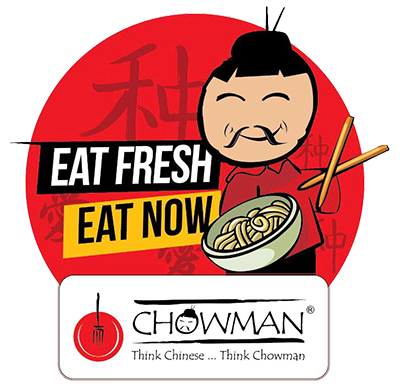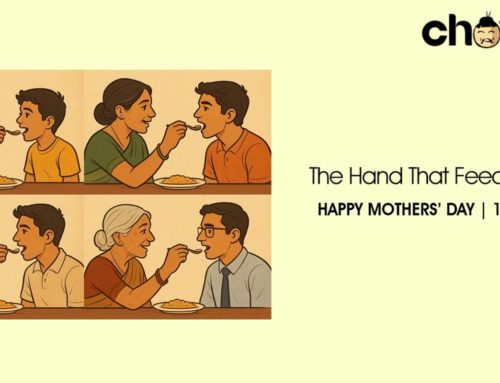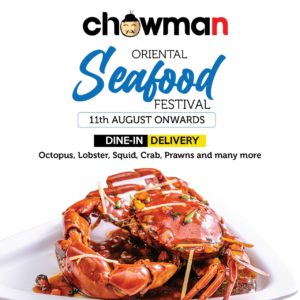In Asia, various cuisines are prepared from rice, the staple food for more than half of the world’s population. There is a deep-rooted relationship between the rice eaters of Asia and rice. Here rice is also a part of religious rituals and celebrations as well as social celebrations besides being an integral part of the meals. A typical food item prepared from rice in Asia is thick rice soup cooked with plenty of water or broth and often flavoured with different toppings and condiments. Congee is the name by which this food is called in China. This food is available in some Chinese restaurants in Kolkata.
A Detailed Discussion
In every corner of China, people relish Congee. It is a very important food in rural China. All classes of people enjoyed it in the past and this liking for Congee is still there among the people of China. Congee has a long history coming down from 1000 B.C. At that time, there was huge popularity of thick grain-based gruels flavoured with a variety of ingredients. The Congee was made with several grains at that time.
The story behind the intervention of Congee in China is quite interesting. Once a miserly man had to serve rice to ten guests, which was rather difficult for him at that time. He planned to stretch the rice by adding more water to the rice pot and instructed his cook to do so. He even told the cook to pour more water to the pot when he calls out the name of the cook. After that for several reasons the man called out the cook’s name, completely forgetting his instructions. The cook followed his instructions sincerely and the result was that the rice became rice porridge by the time the guests appeared.
In a basic preparation of Congee, rice is cooked in excess broth or water, often ten to twelve parts of liquid for one-part rice. The taste of some congees is sweet and the taste of others is savoury. Preserved eggs, threads of fresh ginger, shredded lettuce, fresh cilantro and scallions are served along with basic Congee for taste, crunchiness and fragrance.
Here is another more reason for you to relish a Congee preparation in an authentic Chinese restaurant. The use of Congee is often for therapeutic treatment. This was from the early days of China such as the pre-quin period (221-207 B.C.). To reduce cholesterol, Congee with asparagus is used and to pacify the stomach, reduce nausea, indigestion and diarrhoea, Ginger Congee is used. The use of Pear Congee with medicine is recommended. To improve lactation in nursing mothers, Congee with black sesame seeds is used. For strength, Chicken or Lamb Congees are used and the use of Spinach Congee is there as a sedative.








